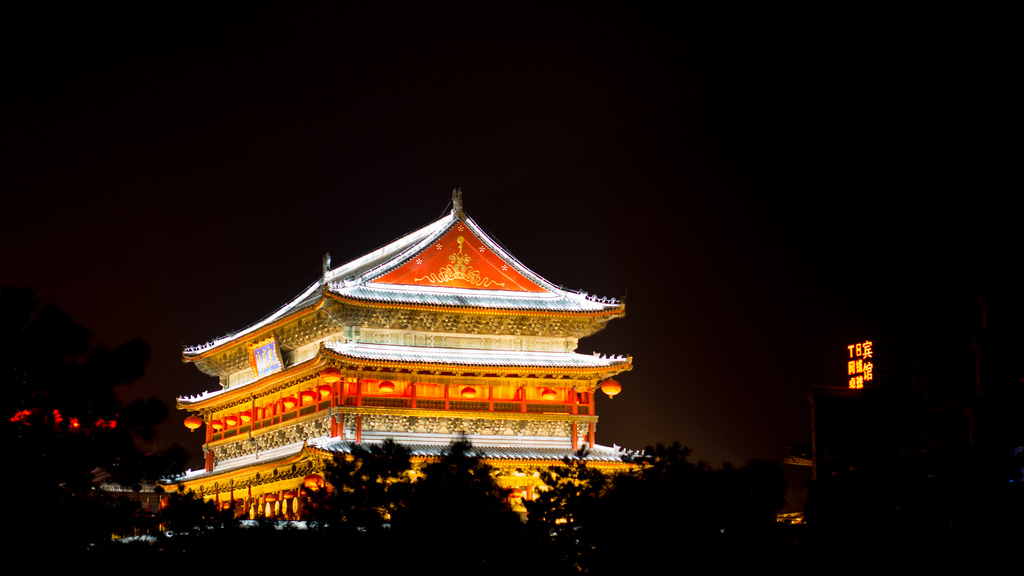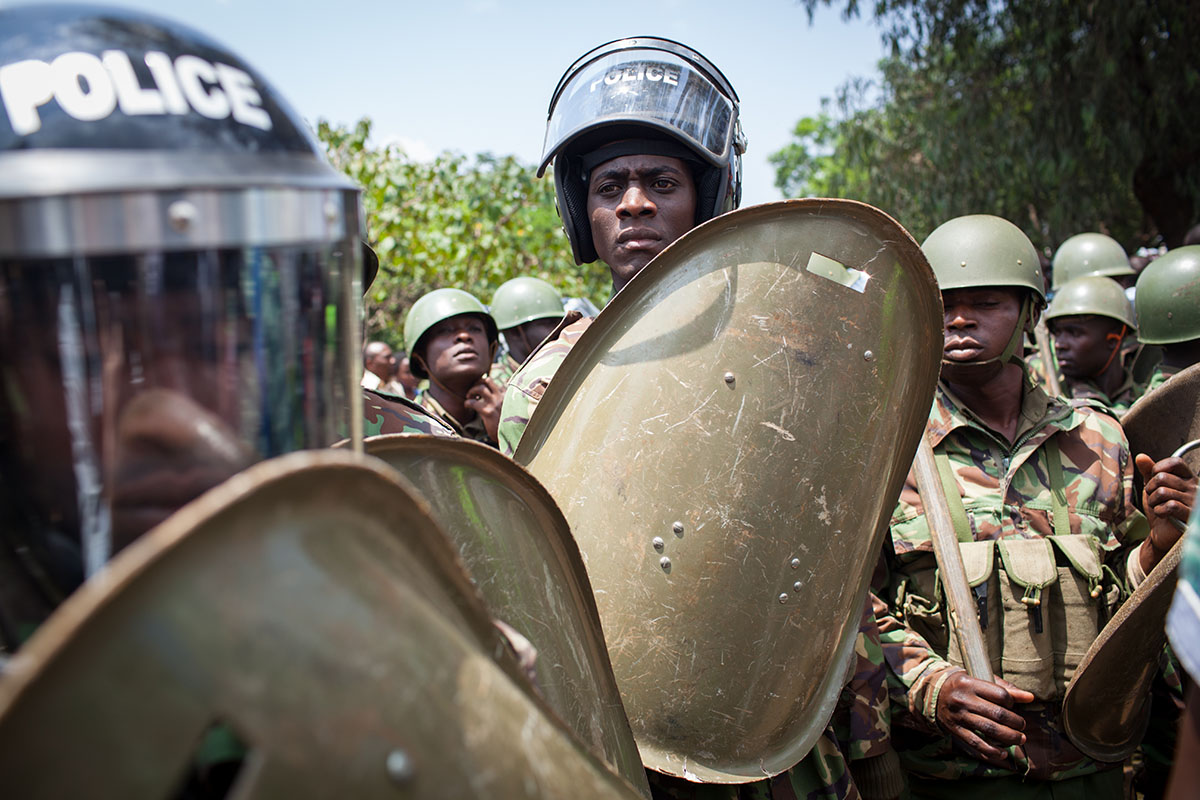“A tale of two China(s): compromise needed”
November 24 Singapore hosted a historic meeting between the presidents of mainland China and Taiwan, writes Kevin Tan, 19, a Correspondent from Singapore, as he explores historic and future relations between the two nations.
Singapore hosted a historic meeting between the presidents of mainland China and Taiwan, writes Kevin Tan, 19, a Correspondent from Singapore, as he explores historic and future relations between the two nations.
A significant milestone in the history of cross-strait relations was reached on the 7th of November, 2015. Both Xi Jinping, president of the People’s Republic of China (PRC), and Ma Ying-Jeou, president of the Republic of China (Taiwan), met in Singapore. There has not been a meeting between the leaders of both countries since the end of the Chinese Civil War in 1949.
Indeed, I received the news with great excitement and anticipation. I was particularly happy that my country, Singapore, was selected to be the venue of this historic meeting. This is a testament to the success of Singapore as a nation-state. As thought-leader Devadas Krishnadas rightly pointed out in his Facebook post, “the visible fact of our continued success on multiple dimensions – economic, social and political” has given Singapore “extraordinary credibility”.
In fact, this is not the first time Singapore has played host to both parties. Most notably, in 1993, the Wang-Koo summit was held in Singapore. This was an attempt at a cross-strait meeting between both parties. The purpose of that summit was to follow up on the 1992 Consensus, a tacit agreement between both parties that they were allowed to interpret the concept of “China” in their own way.
So, what is the significance of this meeting? What will be the impact of such a meeting on the state of international relations?
Unfortunately, the significance of the Xi-Ma meeting will be largely symbolic in nature. This stems largely from the upcoming 2016 Taiwan Presidential Elections. Numerous media agencies and pundits have speculated that the Kuomintang Party (KMT) [Mr. Ma Ying-Jeou’s party] will likely lose to the more pro-independence Democratic Progressive Party (DPP).
Most attribute the declining popularity of Ma’s KMT to be due to his party’s emphasis on unification. In 2013, Ma’s party signed the Cross-Strait Service Trade Agreement with China. The chief purpose of the treaty was to liberalise trade in services between both countries.
Unfortunately, the Taiwanese citizenry reacted with significant social upheaval. Detractors felt the trade agreement would threaten Taiwan’s independence, as the agreement could result in increased Chinese influence. Such disagreements precipitated in the Sunflower Student Movement, a pastiche of sit-ins, demonstrations and civil disobedience. Ultimately, the treaty was left unratified.
With the possible rise of the DPP, any hopes for a gradual warming of relations between China and Taiwan would be overly optimistic.
However, one should not view the meeting in a pessimistic light completely. There is still some value to this symbolic meeting. For one, it has shown the realistic possibility of cross-straits meetings between China and Taiwan. It would not be in the interest of China, Taiwan or the United States for that matter, to turn to a resolution via war. The diplomatic value of such meetings should not be underestimated.
If one were to view China-Taiwan relations through a historical lens, it is apparent that the strained relations are a byproduct of the political struggle between the KMT and the Chinese Communist Party (CPP) back in the late 1940s.
Yet, the time that has passed by has created a huge fissure between both nations. A significant difference between both nations is their views on freedom of speech. Taiwan prides itself in having one of the freest media environments in Asia. According to Freedom House’s Press Freedom Score (with 0 being the best and 100 being the worst), Taiwan scores 27 points as compared to China’s 86 points. The significant difference in terms of both countries’ interpretations of their socio-political environments will be a significant touchstone for cross-straits relations.
However, I believe that above all else, politics is the art of the possible. No conflict can remain unresolved as long as parties remained committed to seeking mutual compromise. The dual forces of China’s growing economy and globalisation already tell us that Taiwan will be increasingly pulled into China’s orbit with respect to trade and economic growth. How can anyone ignore the rising giant?
China must not remain ambivalent to the views of the Taiwanese. The 2014 Hong Kong protests have shown that any attempts at pursuing a “one-China” policy cannot be overly pro-PRC. There must be mutual respect between both nations to reach a median between their differing political systems and values.
The resolution to the tale of two China(s) need not be impossible. It is but a question of will and compromise.
Reach me on Twitter @tankwanwei
References
- https://freedomhouse.org/report/freedom-press/2015/china
- https://freedomhouse.org/report/freedom-press/2015/taiwan
- http://thediplomat.com/2015/11/the-real-reason-the-ma-xi-meeting-was-historic/
- http://www.cato.org/blog/xi-ma-meeting-small-victory-peace
photo credit: Night games via photopin (license)
………………………………………………………………………………………………………………………………………………………
About me: I am your typical Singaporean son. Currently doing my national service, I enjoy reading, writing and watching movies. I look forward to pursuing a degree in Business Administration at the National University of Singapore under a university scholarship in 2017.
I was imbued with a passion for learning at Hwa Chong Institution, where I was exposed to a wide variety of subjects and activities such as economics, English literature and science research. It is this passion for knowledge and learning that informs my interdisciplinary approach to writing.
………………………………………………………………………………………………………………………………………………………
Opinions expressed in this article are those of the author and do not necessarily represent the views of the Commonwealth Youth Programme. Articles are published in a spirit of dialogue, respect and understanding. If you disagree, why not submit a response.
To learn more about becoming a Commonwealth Correspondent please visit: http://www.yourcommonwealth.org/submit-articles/commonwealthcorrespondents/
………………………………………………………………………………………………………………………………………………………




